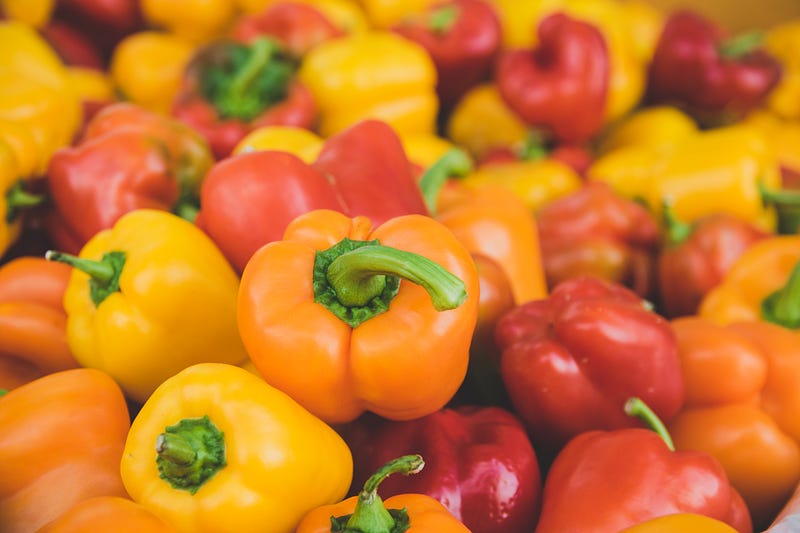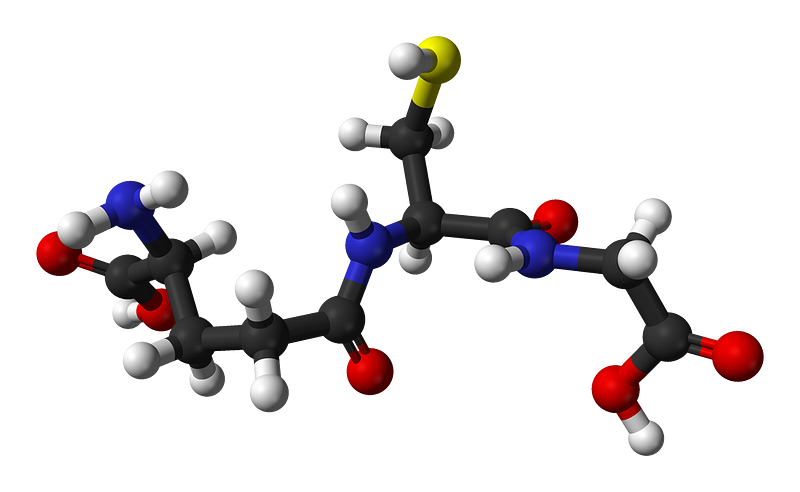Understanding Antioxidants: Their Importance and Functionality
Written on
Chapter 1: What Are Antioxidants?
Antioxidants play a crucial role in our health, but what exactly are they? Understanding their functionality is key to appreciating their significance in our lives.

Photo by Kai Pilger on Unsplash
Let’s discuss oxygen. If you reside on Earth, you likely have a positive view of it. Recall your high school biology lessons: oxygen is vital for respiration, the process enabling our cells to extract energy from food. Without oxygen, our survival would be in jeopardy.
However, our reliance on oxygen brings with it certain downsides. Free radicals can be thought of as the robbers of the molecular realm.
From a chemical perspective, oxygen is highly reactive. This property is beneficial for the reactions necessary for respiration, but it also means that oxygen can readily produce free radicals.
What are free radicals? In chemistry, a free radical is defined as any atom or molecule that has an unpaired electron. As you might remember from your chemistry classes, electrons prefer to be paired. Thus, a free radical, with its unpaired electron, is on a quest to capture another electron, often reacting aggressively with anything in its vicinity, including DNA. This can lead to mutations and potentially cancer.
Section 1.1: The Role of Antioxidants
Fortunately, life forms have evolved mechanisms to cope with these electron-hungry free radicals. This is why many organisms, including humans, naturally generate antioxidants. A prime example is glutathione.
This vital molecule plays a significant role in combating oxidative stress.

Model of glutathione by Ben Mills — Own work, Public Domain, via Wikimedia
Observe the yellow sphere in the glutathione model above; that represents a sulfur atom. Notice its attachment to a white sphere, which is a hydrogen atom—indicating that the sulfur is in a reduced state. When glutathione interacts with a radical (the unpaired electron species), the reduced sulfur donates the extra electron that the radical seeks.
Other well-known antioxidants, like vitamins C and E, function similarly; they are molecules that easily relinquish an electron to radicals through chemical reactions.
Subsection 1.1.1: The Dual Nature of Free Radicals
While it’s understood that excessive free radicals can lead to oxidative stress, these highly reactive entities can also be beneficial.

Photo by Jaciel Melnik on Unsplash
Consider a scenario where your body is invaded by a virus or bacteria. Phagocytes, a type of white blood cell, patrol your body and will engulf the intruder. Once the pathogen is inside, the phagocyte releases a barrage of reactive chemical species, including oxygen radicals, which effectively destroy the invader.
Interesting, right?
Just like many aspects of life, balance is essential. While we need antioxidants to manage free radicals, those potent chemicals can also serve a purpose, especially during immune responses.
Chapter 2: Exploring Antioxidants Further
In this chapter, we delve deeper into the world of antioxidants, examining their various forms and functions.
The first video titled "Are Antioxidants Actually Good for Anything?" explores the effectiveness and potential health benefits of antioxidants.
The second video, "What are antioxidants?", provides an overview of what antioxidants are and their importance in health and nutrition.
Who I am and what I like to write about (plus a disclaimer for my stories — yawn!)
Ah, I see you have stumbled upon my profile page — lovely to meet you!